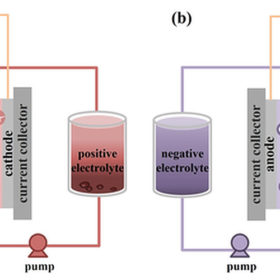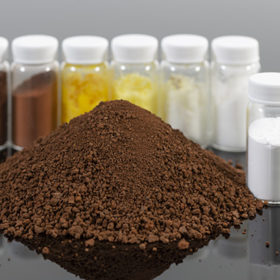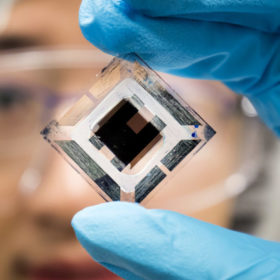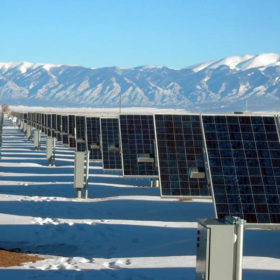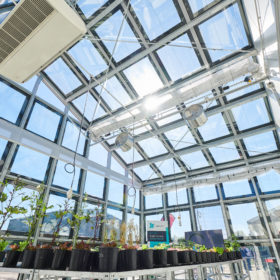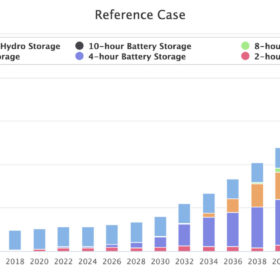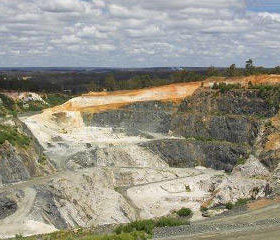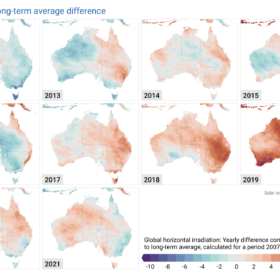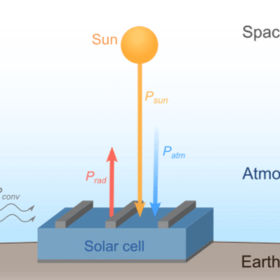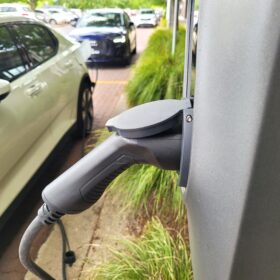Bromine-based flow batteries for renewables storage
Bromine-based flow batteries have the potential for high energy density in renewable energy storage. Their commercial adoption, however, remains challenging due to the cathode materials used for their construction. New research from China seeks to shed light on how to overcome these hurdles.
Queensland critical battery minerals project receives $5.2 million federal grant
The Commonwealth government’s Critical Minerals Accelerator Initiative has awarded a $5.2 million grant to Canberra and Brisbane-based Lava Blue, a company seeking to improve the processes of valuable minerals from vanadium pentoxide processing waste, particularly high purity alumina.
UNSW Exclusive: unlocking the potential of singlet fission for future PV devices
Materials which undergo singlet fission provide an exciting and different pathway for exploiting the full solar spectrum, researchers at the prestigious University of New South Wales explain.
PV in the circular economy: modelling tool helps predict flow of solar materials
PV ICE uses the latest data from the solar industry to model the flow of PV materials over the next several decades, helping to predict the effects of different market trends, technological developments, and government policies.
Solar greenhouse trials perform better than expected, proving commerciality company says
The results from solar glass company ClearVue’s greenhouse trials at Murdoch University have found the company’s product performed better than predicted overall, demonstrating both strong power generation and thermal value.
Storage projections for 2050
The US National Renewable Energy Laboratory’s (NREL) final report on the future of storage presents “key learnings” from a series of six in-depth studies.
Australia’s critical minerals inventory boosted significantly in 2020, vanadium up 24%
Australia’s inventories of critical materials for batteries have seen major increases recently, with vanadium up 23%, lithium up 8%, rare earths up 4% and platinum group elements up 185% in the year to December 2020.
Mapping Australia’s battery mineral waste ‘gold mine’
To encourage industry to consider the battery mineral opportunities currently sitting in neglected heaps around the country, Geoscience Australia and its partners are developing an Atlas of Australian Mine Waste. The public database hopes to highlight the opportunity in reprocessing mining waste for new markets.
Australia’s increasingly turbulent irradiance laid bare in decade of mapping
Solar data company Solargis has released 10-year solar performance maps showing Australia’s massive variations in irradiance and the impacts of extreme weather patterns and events.
Radiative cooling for PV modules – challenges and prospects
A group of international scientists has investigated the potential use of radiative cooling in PV systems, in a newly published review focusing on challenges and opportunities for the passive cooling technology.
